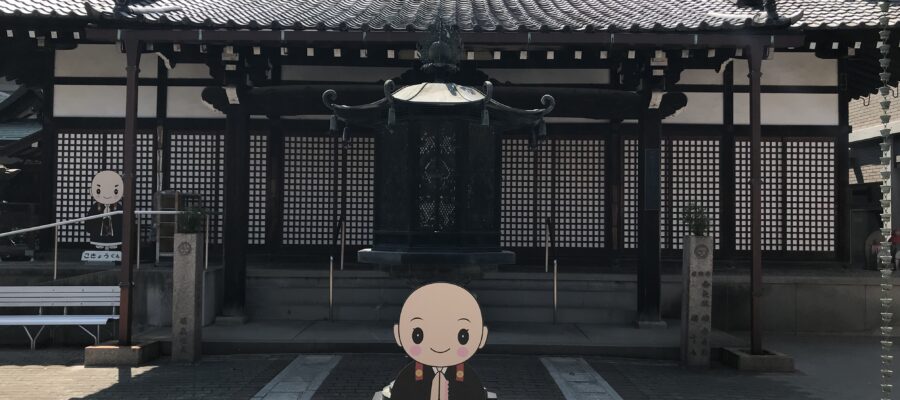西国四十九薬師霊場 17番
私の家から歩いていける距離に薬師霊場の1つ、国分寺があります。前々から、国分寺というお寺があると聞いていましたが、訪問したことがなく、今回、初めて訪問することになりました。国分寺というと東京の地名の様ですが、実は、皆さん日本史の教科書で習ったことのあるお寺の名前です。
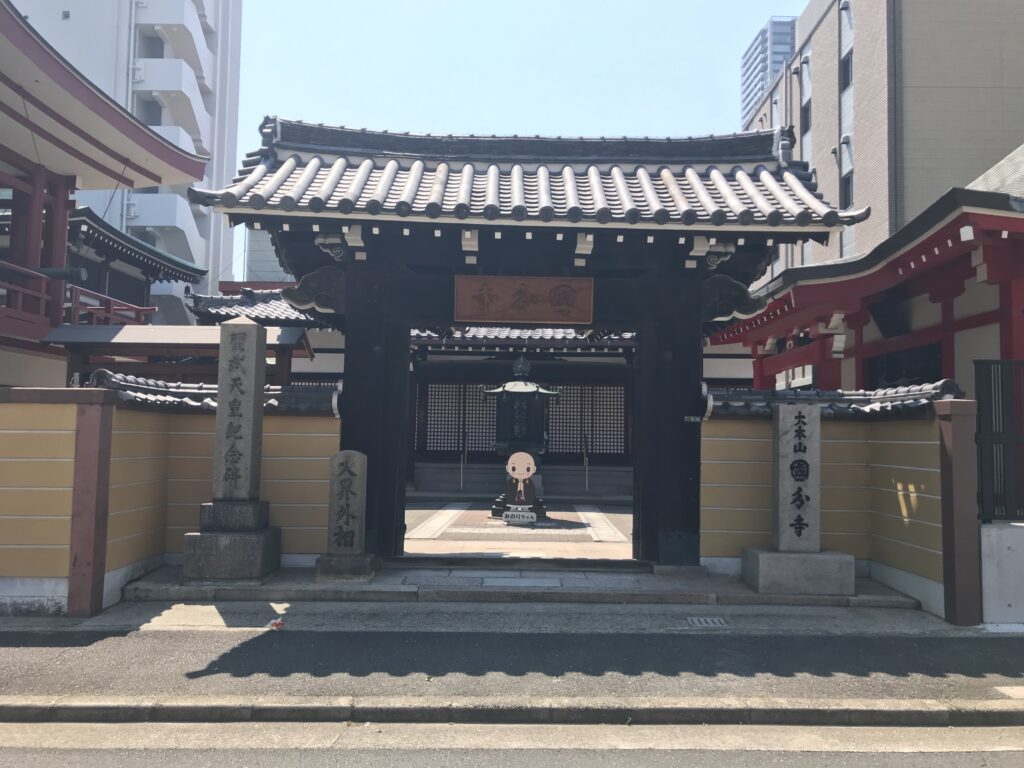
聖武天皇の時代ですから、今から約1,300年ぐらい前に、奈良の東大寺の大仏が建立されましたが、その東大寺を中心に、一国一寺の国分寺建立の詔が公布されました。ここまでは、皆さんなんとなく覚えているのではないでしょうか。私も、この詔が公布されて新しいお寺が全国に建てられたのかと思っていましたが、実態はそうではない様です。
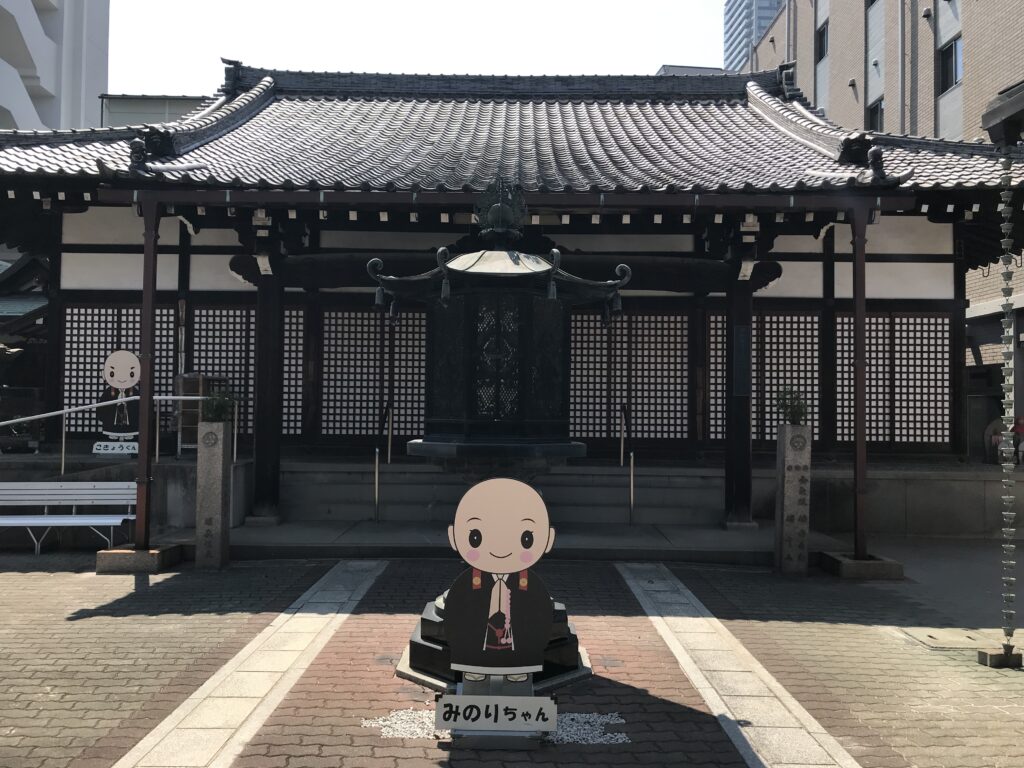
この国分寺の寺伝によると、既存の「長柄寺」を摂津国の国分寺と定めることになったそうです。このお寺は「長柄の国分寺」と呼ばれて人々に親しまれてきたそうです。聖武天皇としては、新しい国分寺を建てたかったのかもしれませんが、大仏建立に国力と国富を相当使ったと思いますから、もう動員する人員もお金もなかったのかもしれません。
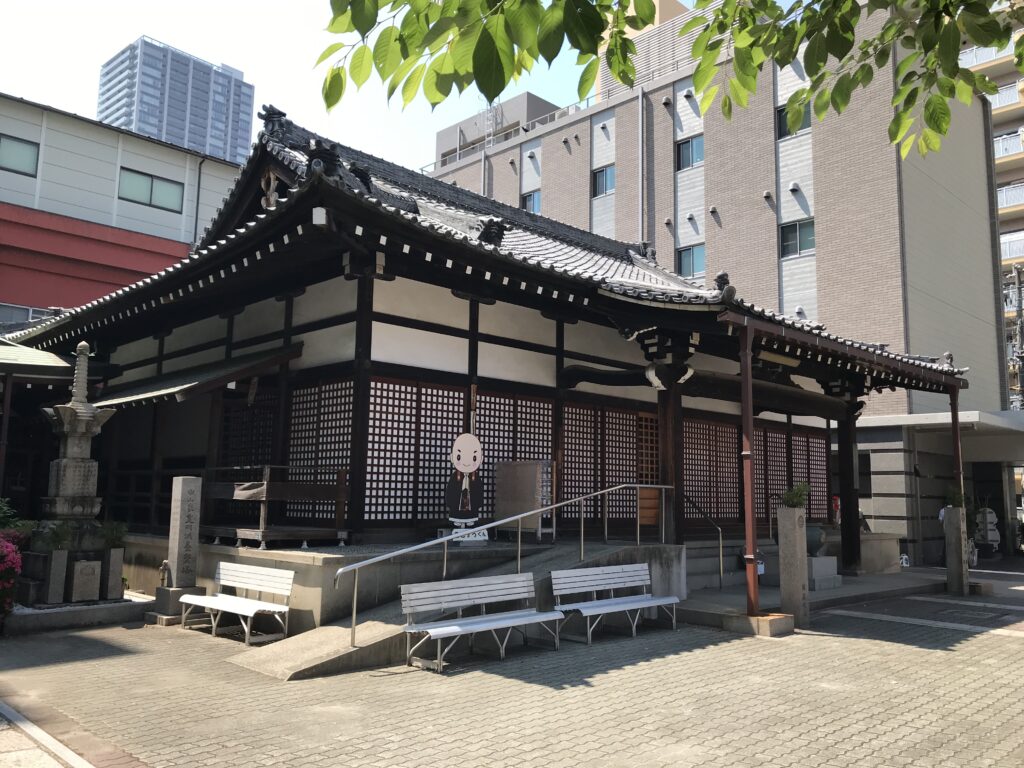
このお寺には写真のようにお稚児さんのキャラクターがいました。お寺も、いろいろなことをして人々に親しみを抱いてもらおうと努力されています。今回、お堂の中に入って、薬師如来様を拝みたかったのですが、中には入ることが許可されず、お堂の外側から中を覗き見ながらお参りしました。
かつての境内はもっと大きかったそうですが、明治の廃仏毀釈、先の大戦での消失等を経て、お寺の規模もかなり縮小されたそうです。ただ、大阪の中心地である梅田から歩いて来れるところに奈良時代から続くお寺が、今も残っていることが、近所に住む者として少し誇らしく思えました。(完)
国分寺の御宝印
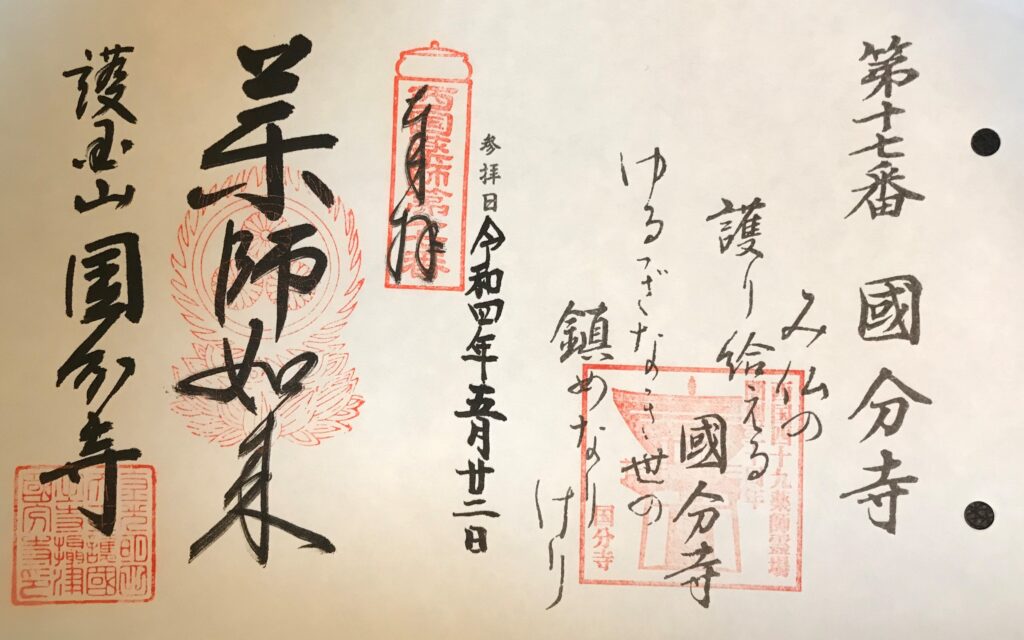
大阪のお土産
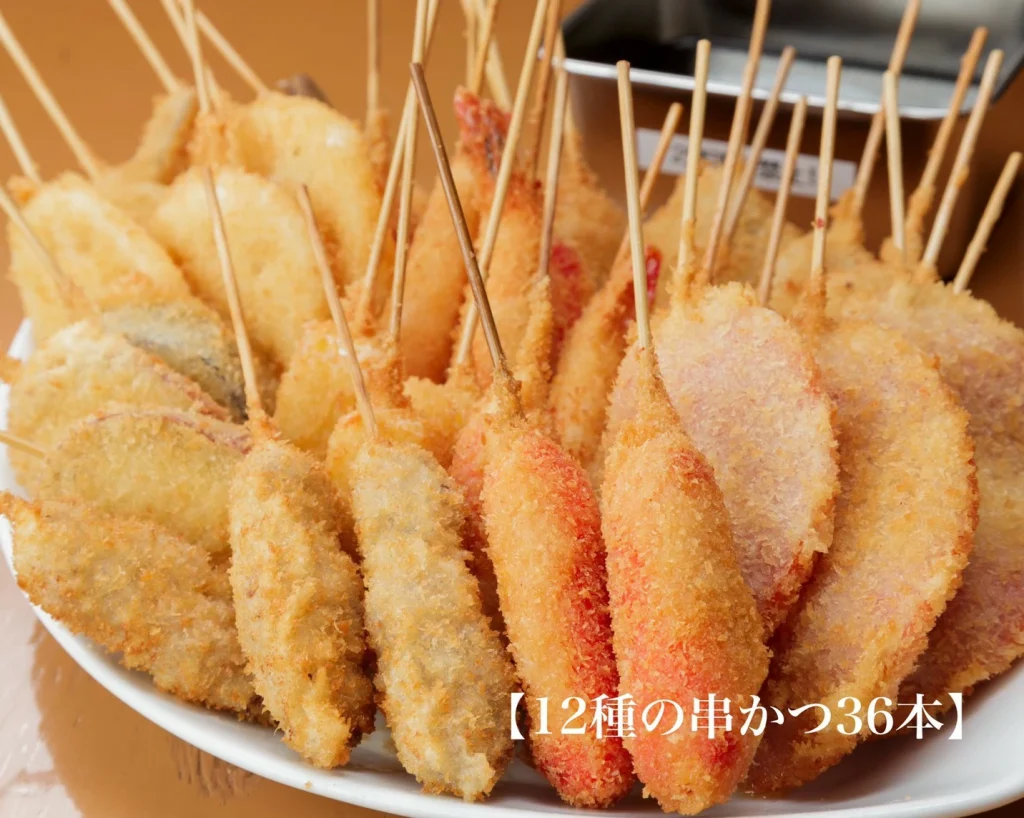
価格:5,980円
(2022/1/2 18:24時点)
感想(2件)
Kokubunji Temple (1) Yakushi Sacred Site
49 Yakushi Sacred Sites of Western Japan, No. 17
Kokubun-ji Temple, one of the Yakushi Sacred Sites, is within walking distance of my house. I had heard that there was a temple called Kokubun-ji for a long time, but I had never visited it, and this was my first time. Kokubunji may sound like the name of a place in Tokyo, but in fact it is the name of a temple that everyone has learnt about in Japanese history textbooks.
The Great Buddha statue at Todai-ji Temple in Nara was built around 1,300 years ago, during the reign of Emperor Shomu, and an imperial edict was promulgated to build one Kokubunji temple per province, centred on Todai-ji Temple. Up to this point, I am sure you all vaguely remember this. I also thought that new temples were built all over the country as a result of this imperial edict, but this does not seem to be the case.
According to the temple history of this Kokubunji, the existing ‘Nagara-ji Temple’ was to be designated as the Kokubunji of Settsu (old name of Northern Osaka) Province. This temple was called ‘Nagara no Kokubunji’ and was familiar to the people. Emperor Shomu may have wanted to build a new Kokubunji, but as he probably used a considerable amount of national power and wealth to build the Great Buddha, he may not have had the personnel or money to mobilise any more.
The temple had a character of a child monk as shown in the photo. The temple also does various things to make people feel closer to it. This time, I wanted to go inside the hall to see the Yakushi Nyorai Buddha, but I was not allowed to go inside, so I saw the statue from the outside of the hall, peeking inside.
It is said that the precincts of the temple used to be much larger, but after the abolition of Buddhism in the Meiji era and its loss during the last World War, the temple has been considerably reduced in size. However, as a neighbour, I felt a little proud that a temple that has been in existence since the Nara period still remains within walking distance of Umeda, the centre of Osaka. (End)
Temple Kokubunji (1) Site sacré de Yakushi
49 Sites sacrés Yakushi de l’ouest du Japon, n° 17
Le temple Kokubun-ji, l’un des sites sacrés de Yakushi, se trouve à quelques pas de chez moi. J’avais entendu parler depuis longtemps d’un temple appelé Kokubun-ji, mais je ne l’avais jamais visité, et c’était la première fois. Kokubunji peut sembler être le nom d’un endroit à Tokyo, mais en fait, c’est le nom d’un temple que tout le monde a appris dans les manuels d’histoire japonais.
La statue du Grand Bouddha du temple Todai-ji à Nara a été construite il y a environ 1 300 ans, sous le règne de l’empereur Shomu, et un édit impérial a été promulgué pour construire un temple Kokubunji par province, centré sur le temple Todai-ji. Jusqu’à présent, je suis sûr que vous vous en souvenez tous vaguement. Je pensais également que de nouveaux temples avaient été construits dans tout le pays à la suite de cet édit impérial, mais cela ne semble pas être le cas.
Selon l’histoire de ce Kokubunji, le temple Nagara-ji existant devait être désigné comme le Kokubunji de la province de Settsu (ancien nom du nord d’Osaka). Ce temple était appelé “Nagara no Kokubunji” et était connu de la population. L’empereur Shomu a peut-être voulu construire un nouveau Kokubunji, mais comme il a probablement utilisé une quantité considérable de pouvoir et de richesse nationale pour construire le Grand Bouddha, il n’avait peut-être pas le personnel ou l’argent nécessaires pour en mobiliser davantage.
Le temple avait un personnage d’enfant moine comme le montre la photo. Le temple fait également diverses choses pour que les gens se sentent plus proches de lui. Cette fois-ci, je voulais entrer dans le hall pour voir le bouddha Yakushi Nyorai, mais je n’ai pas été autorisé à entrer, alors j’ai vu la statue de l’extérieur du hall, en jetant un coup d’œil à l’intérieur.
On dit que l’enceinte du temple était autrefois beaucoup plus grande, mais après l’abolition du bouddhisme à l’ère Meiji et sa perte pendant la dernière guerre mondiale, la taille du temple a été considérablement réduite. Cependant, en tant que voisin, je me suis senti un peu fier qu’un temple qui existe depuis l’époque de Nara soit encore à quelques pas d’Umeda, le centre d’Osaka. (Fin)
